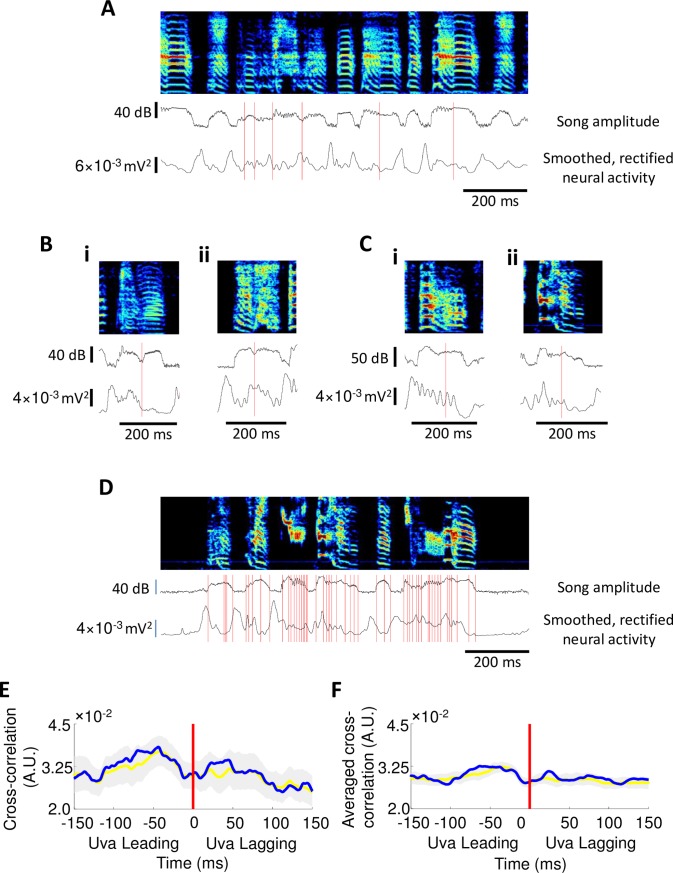Fig 8. Uva activity exhibits no significant correlations with acoustic transitions or gesture trajectory extrema (GTEs).
(A) Many syllables in a song may exhibit one or more acoustic transitions. Red lines mark acoustic transitions within long syllables. Trial-averaged song amplitude and smoothed, rectified neural activity also shown. (B) Examples of syllables where peaks in Uva activity are associated with acoustic transitions. Trial-averaged song amplitude and smoothed, rectified neural activity also shown. (C) Examples of syllables where acoustic transitions are not associated with peaks in Uva activity. Trial-averaged song amplitude and smoothed, rectified neural activity also shown. (D) GTE were identified using automated algorithm. Red lines mark GTEs that were identified by the automated algorithm from Boari et al. Also shown is a trial-averaged song amplitude and smoothed, rectified neural activity. (E) Uva activity does not exhibit any significant correlation with GTE times in individual birds and (F) across all birds when compared to a surrogate datasets in which GTE times were randomly shuffled within song syllables (gray shading: 99% confidence interval of surrogate dataset distribution; yellow: surrogate dataset distribution; blue: cross-correlation between Uva activity and GTE times).

